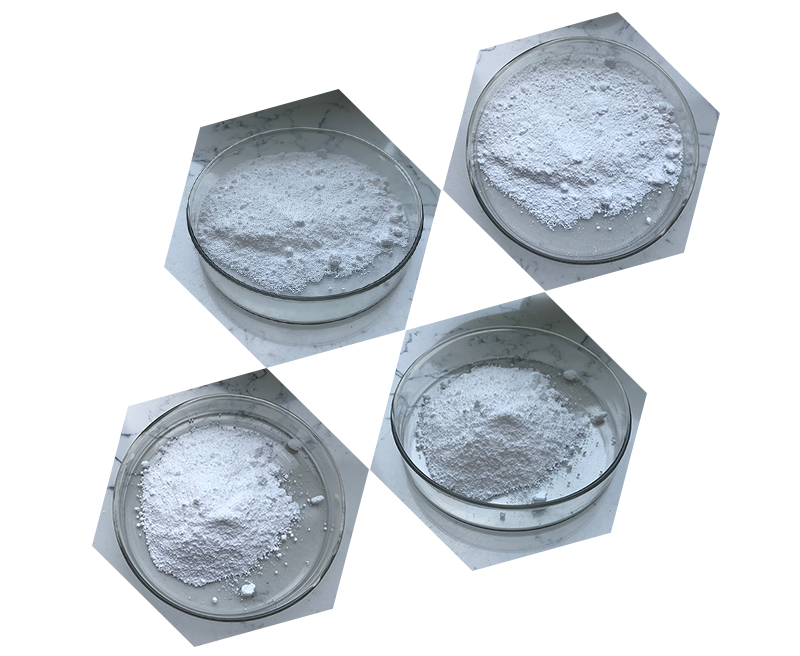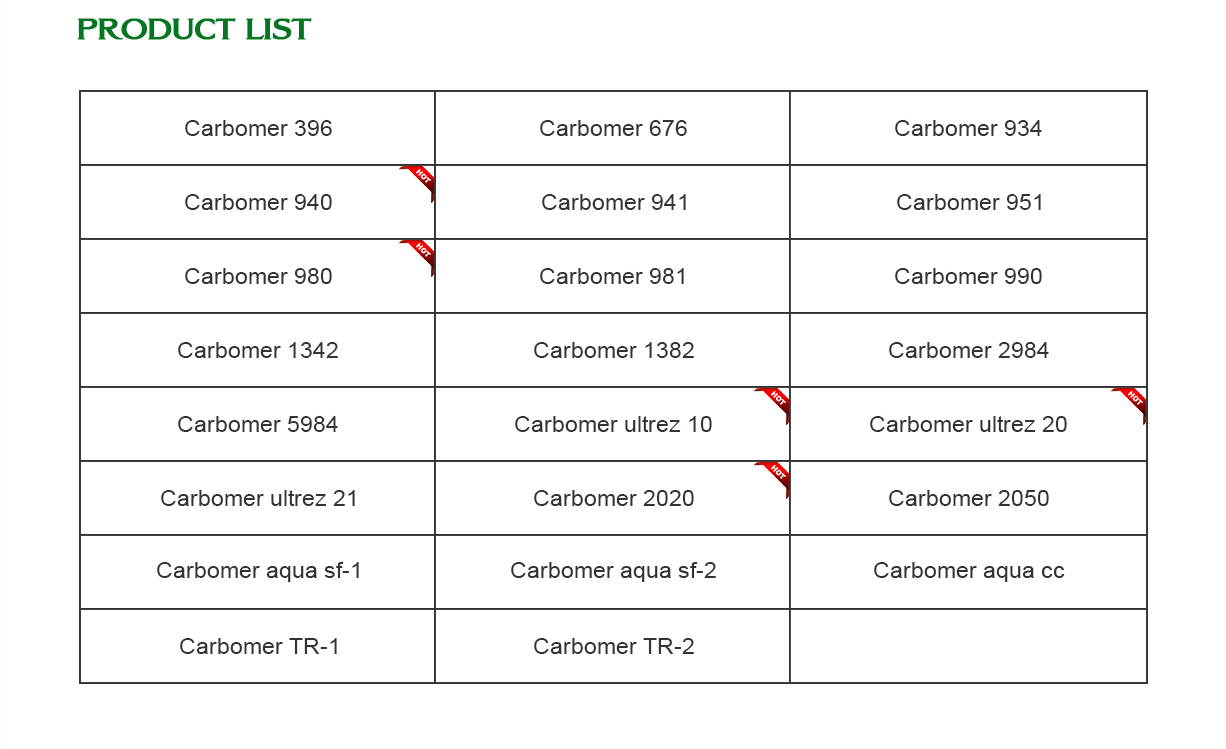Carbomer 940 is a widely used synthetic polymer in the pharmaceutical, cosmetic, and personal care industries. It is primarily used as a thickening, suspending, and emulsifying agent. Here is a comprehensive study of Carbomer 940, covering its properties, uses, applications, safety, and more.
1. Chemical Structure and Properties:
Carbomer 940, also known as Carbopol 940, is a cross-linked acrylic acid polymer. Its chemical structure is based on a repeating unit of acrylic acid and allyl ether pentaerythritol, which forms a three-dimensional network when neutralized and hydrated. Carbomer 940 is a white, fluffy powder that readily swells in water and alcohol, forming a gel-like consistency.

2. Functions and Uses:
Carbomer 940 is valued for its versatile functions in various industries:
- Thickening Agent: It is used to increase the viscosity of solutions, creating gels or creams. This property is crucial in formulating stable and easy-to-use products.
- Emulsifying Agent: Carbomer 940 aids in the formation and stabilization of emulsions, allowing oil and water-based ingredients to mix.
- Suspension Agent: It helps suspend insoluble particles in liquid formulations, preventing settling.
- PH Adjuster: Carbomer 940 can act as a pH adjuster, allowing formulators to achieve the desired PH for their products.
3. Applications:
Carbomer 940 finds applications in various industries:
- Pharmaceuticals: It is used to formulate topical gels, ointments, and oral suspensions for drug delivery.
- Cosmetics: Carbomer 940 is a common ingredient in skincare products like lotions, creams, and serums.
- Personal Care: It is used in products such as shampoos, conditioners, and hair gels.
- Household Products: Some cleaning and household products utilize Carbomer 940 for its thickening and stabilizing properties.
4. Formulation and Usage:
Carbomer 940 is typically supplied as a dry powder. It requires neutralization to achieve its full thickening and gelling properties. This is usually done by adding an alkali, such as triethanolamine (TEA), sodium hydroxide, or potassium hydroxide, while carefully adjusting the pH to the desired range. Formulators need to follow specific guidelines and procedures to achieve the desired consistency and stability in their formulations.
5. Safety Considerations:
Carbomer 940 is generally considered safe for topical and oral use when formulated according to industry guidelines. However, as with any cosmetic or pharmaceutical ingredient, there may be a potential for allergic reactions or sensitivities in some individuals. It’s essential to conduct proper patch testing and adhere to recommended usage levels.
6. Challenges and Limitations:
While Carbomer 940 offers numerous benefits, there are some challenges to consider:
- Proper neutralization and pH adjustment are critical for achieving the desired gel consistency.
- Over-neutralization or under-neutralization can lead to changes in viscosity or even the formation of lumps.
- Some formulations containing Carbomer 940 may require careful stabilization and preservation to prevent microbial growth.

In conclusion, Carbomer 940 is a versatile and widely used polymer in the pharmaceutical, cosmetic, and personal care industries due to its thickening, emulsifying, and suspending properties. Its ability to create stable gels and creams makes it a valuable ingredient for various formulations. However, proper formulation techniques and adherence to safety guidelines are essential for its successful incorporation into products.
